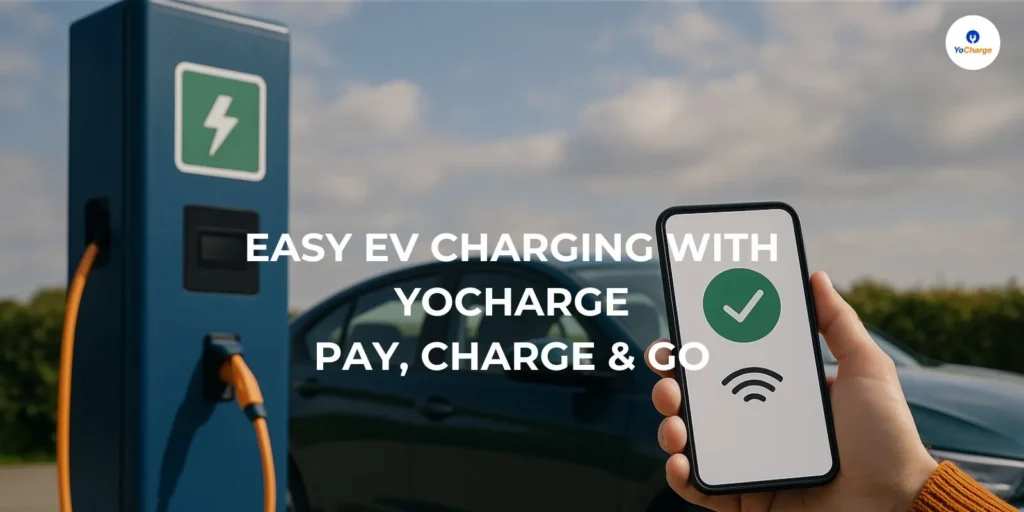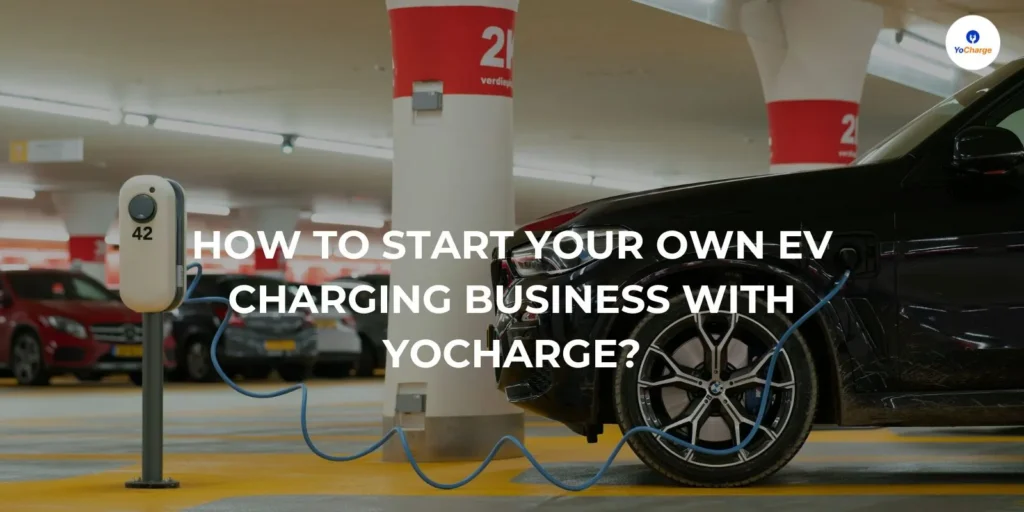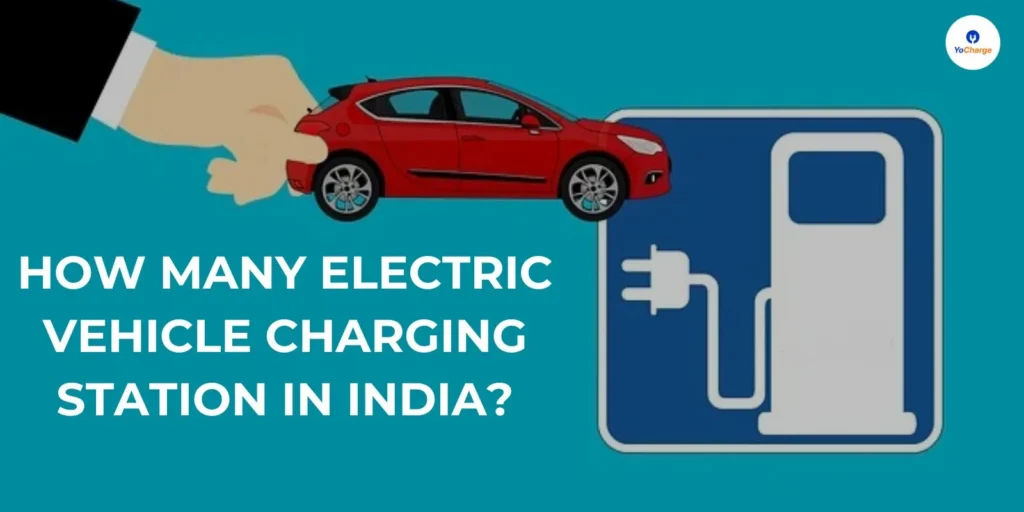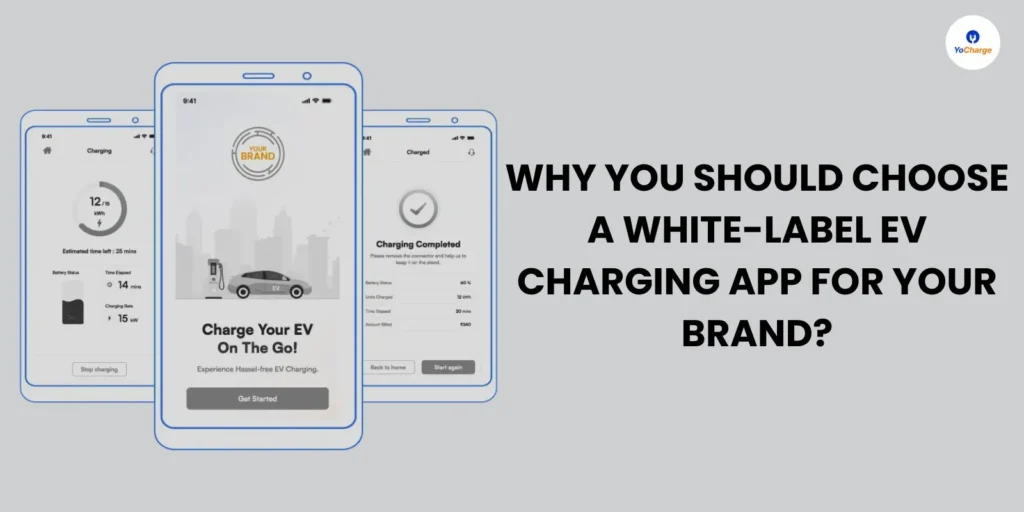The Inflation Reduction Act (IRA), recently passed by President Biden, aims to lessen the effects of inflation, cut expenditures, and reduce the federal deficit during the subsequent ten years. Its climate policies stand out in particular and will push America toward an EV future. Due to the direct investment in EV charger credits and the rise in EV ownership, the new law will ultimately lead to more chargers in more locations across the nation. Let us discuss how EV charging in the US can affected by the law.

How Will the Inflation Reduction Act Affect EV Charging?
1. Extending the tax credit
By extending the tax credit, opening it up to previously capped manufacturers, and expanding it to cover secondhand clean vehicles, the IRA seeks to significantly increase EV ownership. These credits are considerably more accessible because they can be used at the point of sale rather than only during tax season. The new-vehicle credit is restricted to taxpayers earning no more than $150,000 ($225,000 for heads of household and $300,000 for married couples filing jointly), and it only applies to vehicles with MSRPs of $55,000 or less ($80,000 for vans and pickup trucks).
These investments are specifically aimed at middle-class Americans. The IRA will assist manufacturers in increasing the production of their more cheap models, putting more EVs on the road and ultimately raising the demand for charging infrastructure.
2. Addresses the need for more charging infrastructure
Second, the IRA specifically addresses the demand for increased infrastructure for charging. Reviving the 30% credit for EV charger installation and related equipment, such as solar panels for charging, shows a major investment in the infrastructure for charging EVs. The opportunity to earn up to $100,000 per item in charging equipment credits is significant for enterprises in particular. These credits do have some brand-new restrictions, though.
The credits only apply to installations in nonurban regions or communities that fulfill specified limitations for average income because the IRA is focused on increasing charging access to low-income and rural communities. This is a positive thing for fair access to charging, but it might create some challenges for expanding the nation’s charging infrastructure swiftly.
The new regulation attempts to meet the demands of those who do not own homes by making investments in charging stations at apartment complexes. More businesses will go green as a result of workplace charging stations, lowering their carbon footprint.
3. Installation of EV charging infrastructure in low-income areas
Finally, the IRA will support the installation of charging stations in businesses, workplace complexes, and other locations. As a result of the law, more individuals will have access to EV charging infrastructure that will be installed in rural and low-income areas. By assisting underserved populations in gaining access to renewable energy for their transportation requirements, the act will help to lessen pollution and improve air quality.
Conclusion
In conclusion, the U.S. EV charging infrastructure will be significantly impacted by the Inflation Reduction Act. Due to both its direct investment in EV charger credits and the expansion of EV ownership, its provisions will ultimately lead to more chargers in more locations around the nation. The IRA will assist the United States in moving toward an electric vehicle future by promoting EV production and ownership, increasing access to charging stations, and building charging stations at apartment buildings, businesses, and other locations.
The new regulation will make it easier for EV owners to locate charging stations and will encourage more people to switch to electric vehicles. The law will boost environmental sustainability, bring forth job growth, and open the door for a clean energy future.



